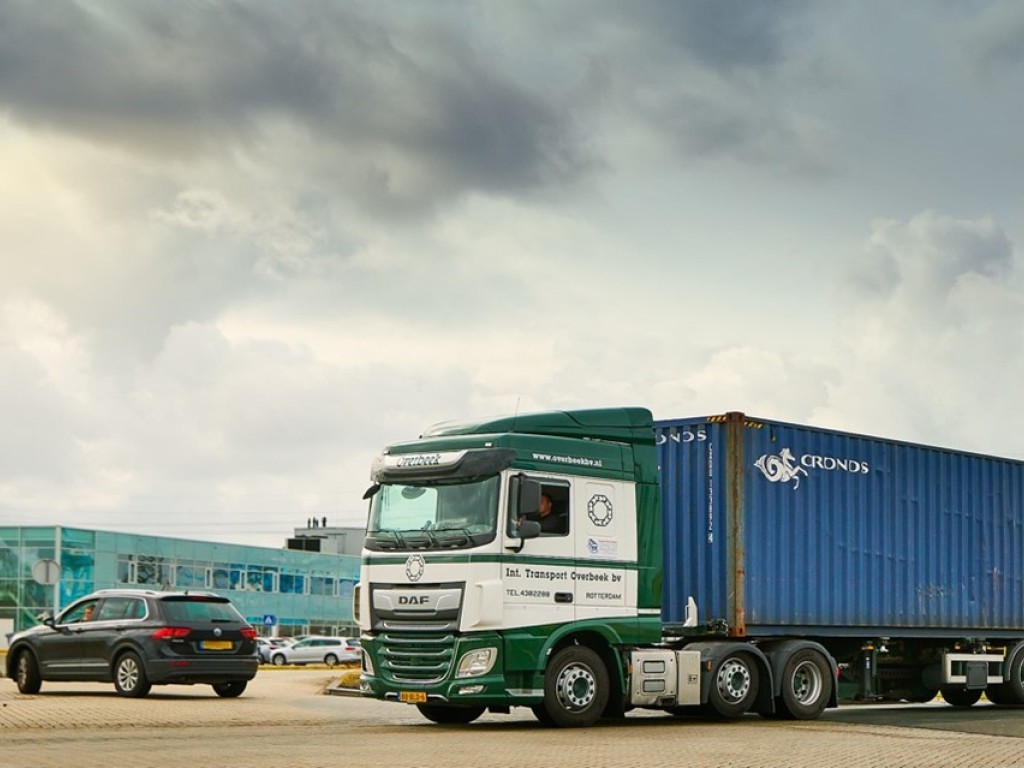Next Gen Supply Chain Resilience: Short-Term Wins, Long-Term Gains

Motivation and goals:
The COVID-19 pandemic has brought attention to the need for supply chain resilience (SCRes). Our previous project Ready for the Next Crisis (R4tNC) aimed to reflect and learn from disruptions experienced by consortium partners. It found that diverse preparation and response practices are needed within and across organisations and sectors. It also highlighted that organisations focus on their own internal solutions, overlooking wider environmental disruptions. Next Gen Resilience will explore these important subjects further and provide new SCRes knowledge, practical tools, and teaching material.
Activities/ work packages
This project will be divided into five Work Packages (WPs), each with a different SC network focus and horizon. WP1 focuses on further insights by longitudinally investigating how organizations develop resilience while also extending the use of the current SCRes quick scan to a much larger group of organisations. WP2 widens the usage of the SCRes Quick Scan platform even further to include a broader variety of organizations (multiple industries, regions and SMEs) and offers new instruments to build SCRes capability within organisations. WP3 looks at SCRes profile and dynamics from an extended SC network perspective, while WP4 considers the whole organizational ecosystem. Finally, WP5 identifies and works out grand challenges into different scenarios via multi-case study analysis. Every WP will be executed more or less in parallel, with contributions from all consortium partners.
Expected results
Theoretically, the project contributes by deepening the understanding of how long-term (sustainable) SCRes can be built taking a broad eco-system perspective. The project helps to understand SCRes beyond the organization’s immediate context, including network dynamics , as well as differentiating between operational reactive vs proactive long-term strategies. The insights obtained answer recent calls in the resilience literature. Project partners can benefit from workshops and case studies to gain insight into their current SCRes, practical tools (proof of concept) to create strategies and roadmaps, insights from SCRes health monitor and benchmarking, scenario workshops, and stronger networks to identify new business opportunities and learn from best practices. They can also reduce cost, increase profit, and reduce their greenhouse gas emissions by leveraging the tools and insights, depending on the organisations’ industry and maturity. Additionally, the ripple effect from the dissemination efforts will have a further impact.
Innovativeness
This project offers pioneering research with an ambitious collection of innovative deliverables that have a significant contribution to both SCRes theory as well as advancement in supply chain practice. These deliverables will address theoretical gaps highlighted in state-of-the-art top journal articles as well as offer practical insights, tools and instruments that can benefit a wide range of organisations by becoming more resilient against supply chain disruptions and facing huge challenges such as climate change, geopolitical conflicts and technical disruptive innovations. Our study is one of the first that aims at a broad contextual understanding of SCRes over an extended period of time, while providing both insights and tangible improvements.
Valorization and implementation strategy.
Dissemination and valorization of knowledge and instruments is an integral part of the whole project design and includes activities such as peer reviewed (top) journal publications and practitioner aimed white papers, articles and blogs, (mini-)symposia, workshops and network events. The SCRes toolbox that will be supplemented with new and useful instruments that will be implemented in real life business situations and made available to others in several ways. One of the dissemination vehicles will be the resiliencescan.org platform as it will attract more traffic as it is included in educational and training programs, other research projects and more data becomes available (as more organisations start to use it and we start to collect longitudinal data). By embedding this project in a living lab ecosystem, we create an environment for co-creation, open innovation where research, learning and application naturally blend.